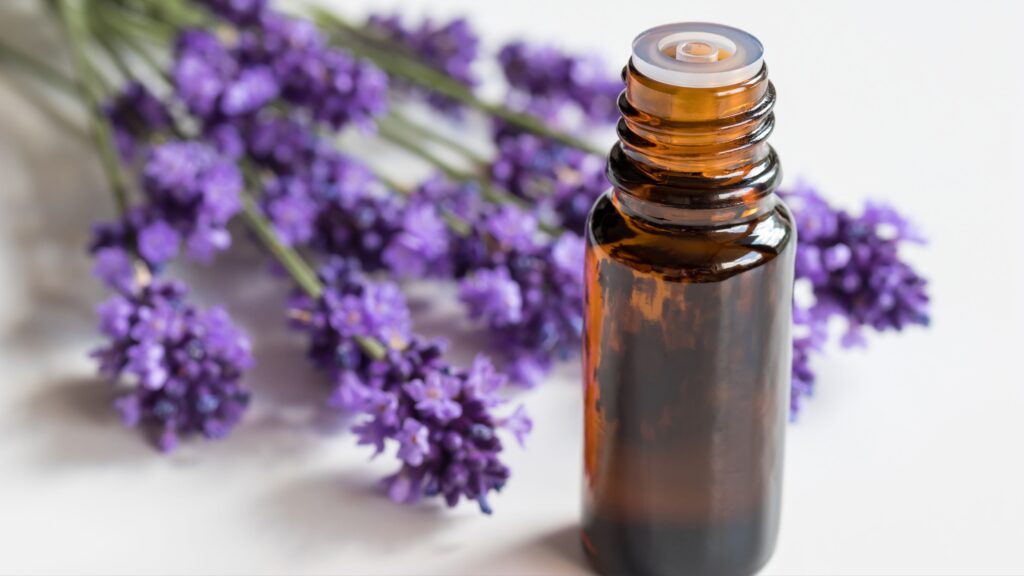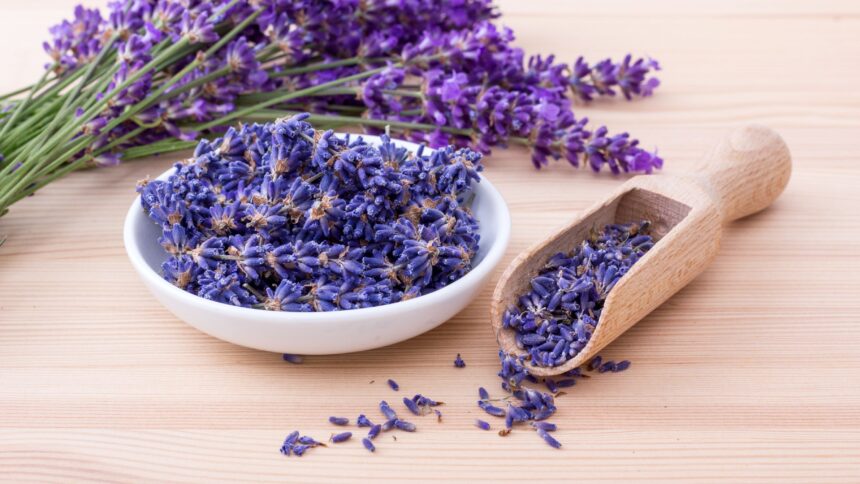Lavender, a beloved herb known for its enchanting fragrance and myriad uses, has captivated humans for centuries. But what does lavender smell like? This question often arises among those who encounter this aromatic plant for the first time or wish to deepen their understanding of its essence. In this article, we will explore the unique scent of lavender, delve into its various types, and uncover the reasons behind its widespread appeal.
Understanding the Fragrance: What Do Lavender Smell Like?

To answer the question “What do lavender smell like,” one must first recognize that the scent of lavender is both complex and multifaceted. Lavender’s aroma is primarily described as fresh, floral, and sweet, with subtle hints of herbal undertones. This combination creates a soothing and calming effect, which is why lavender is commonly used in aromatherapy and relaxation products.
The Floral Notes
Lavender’s primary scent profile is its floral aroma. This floral note is light and airy, reminiscent of a walk through a blooming garden on a sunny day. The floral aspect of lavender is often compared to other flowers such as roses and lilacs, but it stands out due to its unique blend of other notes.
The Herbal Undertones
Complementing the floral notes are the herbal undertones that give lavender its distinctive character. These herbal hints are slightly camphorous and spicy, adding depth to the overall fragrance. The herbal aspect is what makes lavender’s scent refreshing and invigorating, rather than overwhelmingly sweet.
Sweetness and Freshness
A subtle sweetness rounds out lavender’s aroma, balancing its floral and herbal components. This sweetness is not cloying but rather soft and pleasant. Additionally, lavender has a fresh quality that evokes cleanliness and purity, making it a popular choice for soaps, detergents, and cleaning products.
Types of Lavender and Their Unique Scents
Not all lavender smells the same. Different species and hybrids of lavender can have variations in their scent profiles. Here are some of the most common types of lavender and their unique aromas.
English Lavender (Lavandula angustifolia)
English lavender is perhaps the most well-known type and is often considered the quintessential lavender fragrance. Its scent is sweet, floral, and slightly fruity, with a rich, full-bodied aroma. This type of lavender is frequently used in perfumes, sachets, and essential oils.
French Lavender (Lavandula dentata)
French lavender has a more pronounced camphorous and herbal scent compared to English lavender. Its aroma is less sweet and more robust, with a slightly medicinal quality. This type is often used in potpourri and dried arrangements due to its strong and long-lasting fragrance.
Spanish Lavender (Lavandula stoechas)
Spanish lavender is notable for its distinctive scent, which is more pine-like and resinous. It has a sharper, more intense fragrance with hints of eucalyptus. This type of lavender is less commonly used in perfumes but is valued for its unique and refreshing aroma.
Lavandin (Lavandula x intermedia)
Lavandin is a hybrid of English and Portuguese lavender and combines the best of both species. Its scent is strong and aromatic, with a perfect balance of floral sweetness and camphorous freshness. Lavandin is widely used in the production of essential oils and scented products.
The Chemistry Behind Lavender’s Scent
To further understand what do lavender smell like, it’s essential to delve into the chemistry of its fragrance. The scent of lavender is composed of a complex blend of volatile compounds, each contributing to its unique aroma profile.
Linalool
Linalool is one of the primary components of lavender oil, responsible for its floral and sweet notes. This compound is also found in other fragrant plants like basil and coriander. Linalool has calming and relaxing properties, making it a key ingredient in aromatherapy.
Linalyl Acetate
Linalyl acetate is another major component, contributing to lavender’s fresh and slightly fruity scent. It enhances the overall sweetness and smoothness of the fragrance. This compound is also known for its calming effects and is widely used in perfumes and cosmetics.
Camphor
Camphor adds herbal and slightly medicinal notes to lavender’s scent. It provides a refreshing and invigorating quality that balances the floral sweetness. Camphor is also used in medicinal and therapeutic applications due to its cooling and soothing properties.
Other Compounds
In addition to linalool, linalyl acetate, and camphor, lavender oil contains numerous other compounds that contribute to its complex aroma, including cineole, terpinen-4-ol, and lavandulyl acetate. These compounds work together to create the distinctive and multifaceted scent of lavender.
The Uses and Benefits of Lavender’s Scent
The delightful fragrance of lavender is more than just a pleasant scent; it has a range of uses and benefits that have been recognized for centuries.
Aromatherapy
Lavender’s calming and soothing scent makes it a staple in aromatherapy. Its fragrance is believed to reduce stress, and anxiety, and promote relaxation. Many people use lavender essential oil in diffusers, baths, or directly on their skin to induce a sense of peace and tranquility. Scientific studies have shown that the aroma of lavender can help improve sleep quality, making it a popular choice for those suffering from insomnia or sleep disturbances.
Personal Care and Cosmetics
The pleasant and versatile scent of lavender has made it a popular ingredient in personal care and cosmetic products. Shampoos, conditioners, lotions, and soaps often feature lavender for its refreshing and clean aroma. Beyond its fragrance, lavender is known for its skin-soothing properties, making it beneficial for treating minor burns, insect bites, and skin irritations.
Household Cleaning Products
Lavender’s fresh and clean scent is ideal for household cleaning products. Its natural antibacterial and antifungal properties make it an effective ingredient in cleaning sprays, detergents, and air fresheners. The addition of lavender not only leaves a pleasant fragrance but also enhances the cleaning power of these products.
Culinary Uses
While lavender is primarily known for its fragrance, it is also used in the culinary world. Culinary lavender is a special variety that is safe for consumption and can add a unique flavor to dishes. It is used in baking, savory recipes, and even in beverages like tea and cocktails. The floral and slightly sweet notes of lavender can elevate the taste of various culinary creations.
Medicinal Benefits
Lavender has a long history of medicinal use. Its essential oil is used in traditional medicine to treat a variety of ailments, including headaches, migraines, and digestive issues. The calming effects of lavender can also help alleviate symptoms of anxiety and depression. Additionally, lavender oil is often used in massage therapy to relieve muscle tension and pain.
Growing and Harvesting Lavender
Understanding the environment in which lavender grows can further enhance our appreciation of its fragrance. Lavender thrives in sunny, well-drained locations and is commonly found in Mediterranean regions. The plant is hardy and drought-resistant, making it a popular choice for gardens and landscapes.
Planting Lavender
Lavender can be grown from seeds or cuttings. It requires full sun and well-drained soil with a neutral to slightly alkaline pH. Planting lavender in raised beds or containers can help ensure proper drainage. Lavender should be spaced adequately to allow for air circulation, which helps prevent fungal diseases.
Harvesting Lavender
The best time to harvest lavender is in the morning, after the dew has dried but before the heat of the day sets in. This is when the essential oils are most concentrated. To harvest, cut the stems just above the leaves when about half of the flower buds have opened. The harvested lavender can be used fresh or dried for later use.
Drying and Storing Lavender
To dry lavender, tie the stems together in small bundles and hang them upside down in a dark, well-ventilated area. Once dried, the lavender can be stored in airtight containers away from direct sunlight. Properly dried and stored lavender can retain its fragrance for several months.
Conclusion
So, what does lavender smell like? It is a captivating blend of floral sweetness, herbal freshness, and subtle camphorous undertones that create a soothing and refreshing aroma. Whether used in aromatherapy, personal care products, household cleaning, culinary creations, or medicinal applications, the scent of lavender continues to enchant and benefit those who encounter it. By understanding the different types of lavender and the chemistry behind its fragrance, we can appreciate why this aromatic herb has been cherished for centuries. Whether you are growing lavender in your garden or enjoying its scent in your home, the unique and multifaceted aroma of lavender is sure to bring a sense of calm and well-being into your life.




